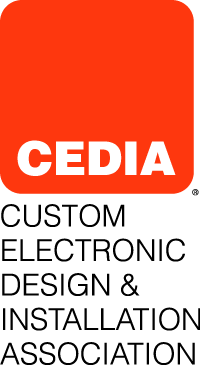
That’s because young adults are flexible thinkers who are always on the lookout for the next big thing: “What is ‘cool’ today is often commonplace tomorrow.â€
Negroponte is the Wiesner Professor of Media Technology at the Massachusetts Institute of Technology and is the founding chairman of MIT’s Media Lab.
He’s also the author of 1995’s Being Digital, The New York Times’ bestseller that was among the first books to predict how digitization would affect nearly every aspect of business and everyday life. Over e-mail, he talked to SDM about the newest technology and biggest challenges facing home automation and design companies before his keynote speech and the Custom Electronic Design and Installation Association (CEDIA) expo later this month.
So what is “cool†now? Negroponte pointed to three specific up-and-coming technologies.
Number one is wireless power. According to Negroponte, “[Wireless is] achieved in two ways: short range broadcast of low power and parasitic energy acquired from human movements. A sub-theme of this ‘big thing’ is to totally get rid of AC power adaptors.â€
The second is collaborative networks of home-wide communications systems that talk to each other “through a peer-to-peer mesh of short-range wireless, interconnected devices. These are ad hoc and self-healing, totally distributed. Akin to a micro Internet within the home,†Negroponte writes.
Last is robotics. From automated vacuum cleaners to robotic dogs, Negroponte says that “these are electromechanical devices that physically navigate the home and assist inhabitants. While hardly new as an idea, the age of realization is starting now.â€
Paradoxically, the simplicity of wireless technology for the consumer is one of the biggest challenges facing the installation industry in the coming years. The old way of installation home automation systems was like “digging up streets. Fitting or retrofitting any home required the skill of a jeweler, the neatness of a surgeon and the organization of a cartographer,†Negroponte writes.
But as more electronic systems become wireless and user manuals become simpler and easier, consumers can do more installation themselves. Installers need to find new ways of serving their customers.
According to Negroponte, “Installers have to bring different value, typically in the after markets, including services and benefits during the lifetime of machines and people.â€
In the future, home electronics and automation will move away from a model centered on a few very advanced pieces of equipment to thousands of tiny bits of technology all over the home.
As homes become their own Internets through peer-to-peer technology and robotic technology takes over the housework, home automation will become a whole new ballgame. As Negroponte says, “Wires will be as quaint as Roman numerals.â€



